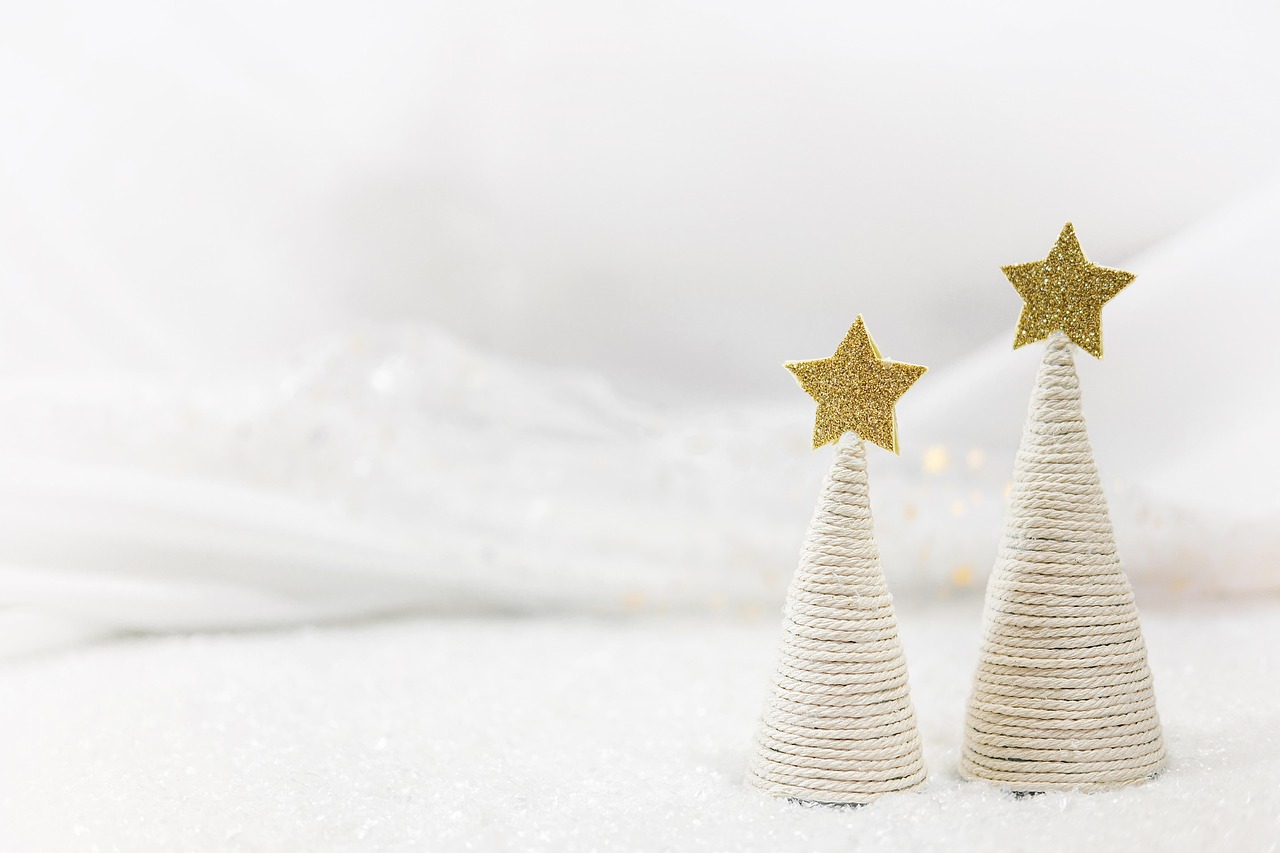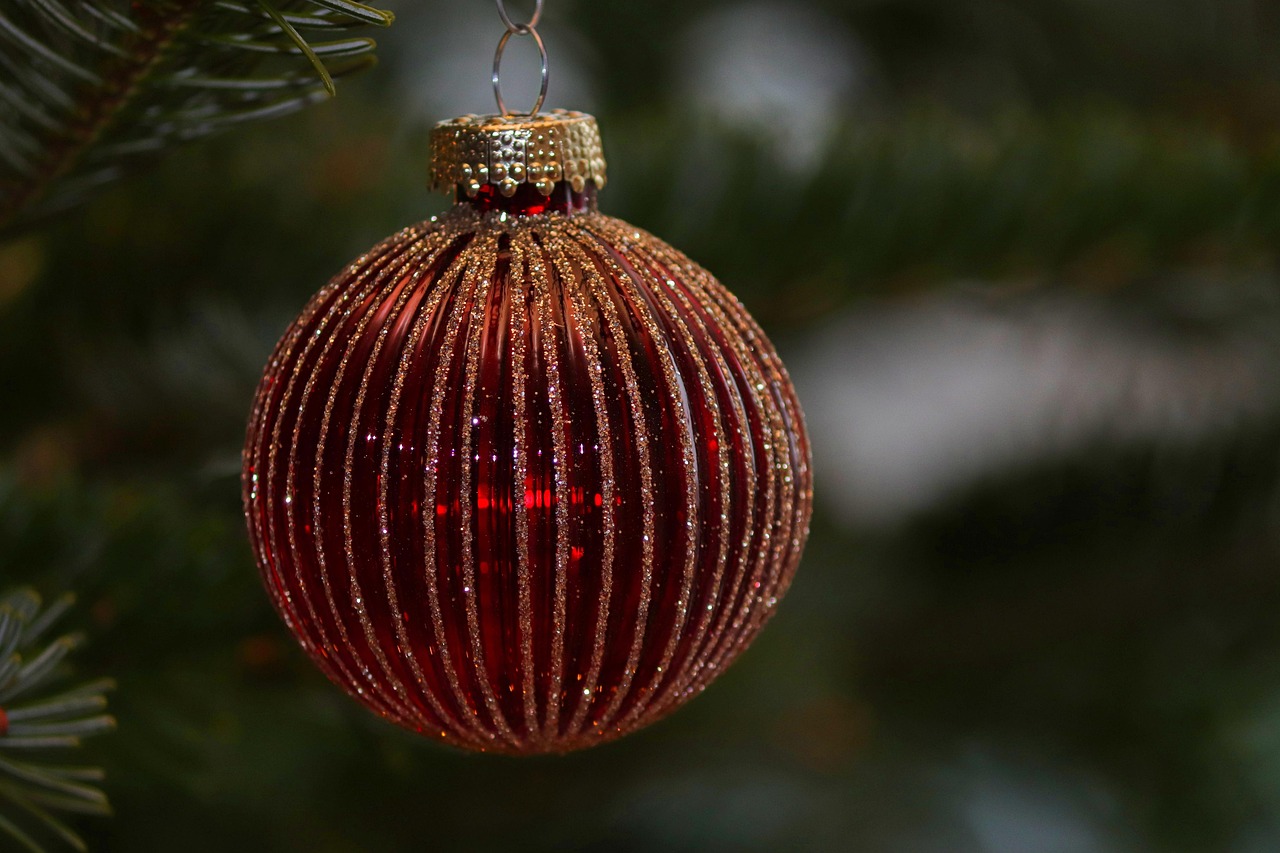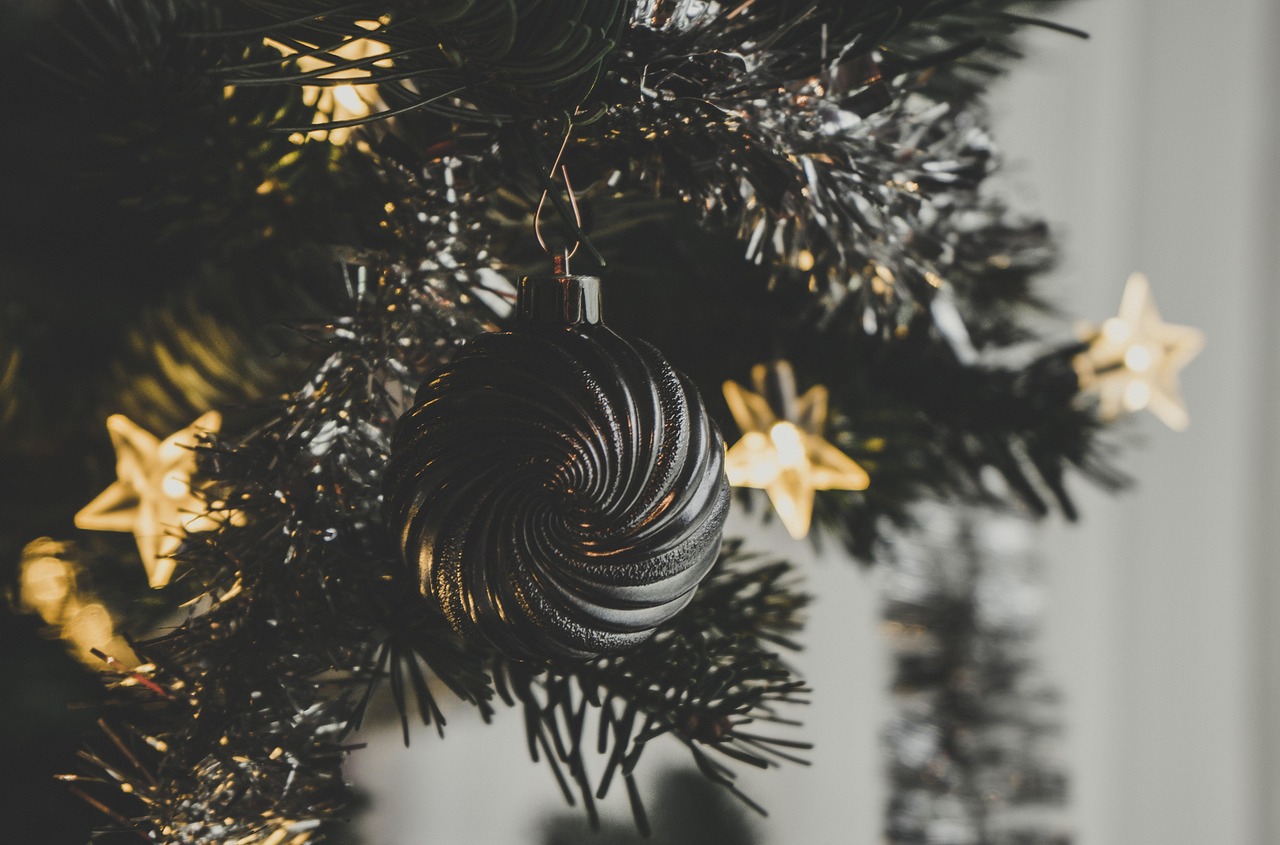The growth rate of Christmas trees varies by species, with popular types like Fraser fir and Douglas fir growing approximately 12 to 24 inches per year. Typically, trees are harvested when they reach 6 to 7 feet tall, which can take 6 to 10 years. Factors like soil quality, climate, and care practices significantly influence growth rates.
Xmas trees typically take 6 to 12 years to grow to a marketable height of 6 to 7 feet, depending on the species and growing conditions. Harvesting usually occurs in late November to early December, aligning with the holiday season.
Xmas Tree Growth Rate and Harvesting Timeline
The growth rate of Christmas trees varies based on several factors. These include the tree species, soil quality, climate, and care practices. Understanding these elements is essential for growers. Each factor influences how quickly trees reach maturity, which is crucial for a successful harvest.

Different species of Xmas trees have distinct growth rates. Some varieties are faster-growing, while others take longer to develop. For example, the Fraser fir is known for its rapid growth, making it a popular choice among growers. In contrast, the Norway spruce grows more slowly but is still favored for its traditional appearance.
| Tree Species | Average Growth Rate (feet/year) | Marketable Height (feet) | Years to Harvest |
|---|---|---|---|
| Fraser Fir | 1.5 | 6-7 | 6-8 |
| Noble Fir | 1.0 | 6-7 | 8-10 |
| Norway Spruce | 1.0 | 6-7 | 8-12 |
| Balsam Fir | 1.5 | 6-7 | 6-8 |
The timeline from planting to harvesting can be broken down into several stages. Initially, seedlings are planted in spring or fall. During the first few years, the focus is on establishing a healthy root system. Adequate water, sunlight, and nutrients are crucial during this phase.
As the trees grow, they require routine maintenance. This includes pruning to promote a desirable shape and to remove any dead or diseased branches. Typically, pruning occurs annually and is vital for both aesthetic appeal and tree health. Proper spacing between trees is also important to ensure they receive enough sunlight and air circulation.

Environmental conditions play a significant role in growth rates. Regions with sufficient rainfall and rich soil tend to produce faster-growing trees. Conversely, areas with poor soil or inadequate water can hinder growth and extend the timeline to harvest.
In addition to environmental factors, pest management is essential. Christmas trees can be susceptible to various pests and diseases, which can affect growth rates and overall health. Growers often implement integrated pest management (IPM) strategies to minimize damage while maintaining tree health.
Seasonal Considerations
The timeline for harvesting Christmas trees is closely linked to seasonal changes. Most growers aim to harvest trees just before the holiday season, typically between late November and early December. This timing ensures that trees are fresh for consumers looking for their perfect holiday decoration.

However, preparing for this harvest begins much earlier. After planting, growers monitor the trees’ progress closely. Once trees reach the desired height and density, they are ready for harvest. This process often involves cutting the trees at the base and transporting them to retail locations.
Harvesting Techniques
There are several techniques for harvesting Xmas trees. The most common method involves cutting the tree at ground level using a saw or other cutting tool. Some growers also use specialized equipment designed for efficient harvesting.
After cutting, trees are typically baled to make transportation easier. Baling helps protect the branches during transport and ensures the tree remains in good condition until it reaches the consumer.

Understanding the growth rate and harvesting timeline is essential for both growers and consumers. For growers, it helps in planning and managing resources effectively. For consumers, knowing when to purchase a fresh tree can enhance their holiday experience.
Factors Influencing Xmas Tree Growth
The growth rate of Xmas trees is affected by various factors. Understanding these influences can help growers optimize their practices. The major factors include soil quality, climate, tree species, and care techniques. Each plays a significant role in determining how quickly a tree can reach harvestable height.
Soil Quality
Soil is fundamental to tree health and growth. Well-drained, nutrient-rich soils promote strong root systems and vigorous growth. The following aspects of soil quality are crucial:
- pH Level: Most Xmas trees thrive in slightly acidic to neutral pH (6.0 to 7.0). Soil tests can help determine pH and nutrient levels.
- Nutrients: Essential nutrients like nitrogen, phosphorus, and potassium must be present in adequate amounts for optimal growth.
- Drainage: Poor drainage can lead to root rot. Growers often amend soil to improve drainage if necessary.
Climate Conditions
Climate significantly impacts the growth rate of Xmas trees. Factors such as temperature, precipitation, and sunlight affect tree development. Here are key climate considerations:
- Temperature: Most Xmas tree species prefer moderate climates. Extremes in temperature can stress trees and slow growth.
- Precipitation: Regular rainfall or adequate irrigation is essential. Trees typically need about 1 inch of water per week.
- Sunlight: Trees require full sun for at least six hours a day to thrive. Shaded areas can result in spindly, weak trees.
Caring for Xmas Trees
Proper care during the growth period is vital for producing healthy trees that are ready for harvest. Several care techniques can enhance growth rates and improve the overall quality of the trees.
Watering Practices
Watering is critical, especially during dry spells. New seedlings require consistent moisture to establish roots. Here are some best practices for watering:
- Frequency: Young trees should be watered regularly, particularly during the first few years.
- Depth: Ensure water penetrates deep into the soil to encourage root development.
- Irrigation Systems: Consider using drip irrigation systems for efficient water use.
Fertilization Techniques
Fertilizing Xmas trees can boost growth significantly. Growers should consider the following:
- Timing: Fertilization is best done in early spring before the growing season begins.
- Type of Fertilizer: Use balanced fertilizers that provide essential nutrients needed for tree growth.
- Application Rate: Follow recommended application rates based on soil tests to avoid over-fertilization.
Pest and Disease Management
Pests and diseases pose threats to the health of Xmas trees. Proactive management is essential to prevent infestations and maintain growth rates.
Common Pests
Some common pests that affect Christmas trees include:
- Aphids: These small insects suck sap from the leaves, which can stunt growth.
- Spider Mites: These pests can cause foliage damage and reduce photosynthesis.
- Bagworms: Their larvae feed on tree foliage, leading to defoliation.
Disease Prevention
Diseases can also impact tree health. Common diseases include:
- Root Rot: Often caused by overwatering or poor drainage.
- Needle Cast: A fungal disease that affects needle retention and overall appearance.
To manage pests and diseases effectively, growers should implement integrated pest management strategies. This includes regular monitoring, using resistant tree varieties, and applying pesticides when necessary while adhering to safety guidelines.
Caring for Xmas trees involves understanding their needs throughout their growth cycle. By focusing on soil quality, climate conditions, watering practices, fertilization techniques, and pest management, growers can produce high-quality trees ready for harvest during the holiday season.
Harvesting and Post-Harvest Care
Harvesting Xmas trees is a critical phase that requires careful planning and execution. It is essential to ensure that trees are cut at the right time and handled properly to maintain their quality. This section will discuss the harvesting process, post-harvest care, and logistics involved in getting the trees to consumers.
Optimal Harvesting Time
Timing is crucial when harvesting Xmas trees. The best time to harvest depends on various factors, including species, growth conditions, and market demand. Here are some key points to consider:
- Species Maturity: Trees should be harvested when they reach the desired height and density, typically between 6 to 7 feet for most popular varieties.
- Market Timing: Most growers aim to harvest during late November to early December, aligning with the holiday shopping season.
- Weather Conditions: Ideal harvesting conditions include dry weather to prevent damage to the trees and easier transportation.
Harvesting Techniques
Several techniques can be employed for effective harvesting. The choice of method may depend on the scale of the operation and available equipment:
- Manual Cutting: This method involves using a saw to cut the tree at ground level. It’s labor-intensive but allows for greater control over which trees are harvested.
- Mechanical Harvesting: For larger operations, specialized equipment can cut and bundle multiple trees simultaneously. This method increases efficiency but requires more investment.
After cutting, trees should be handled with care to prevent damage. It is advisable to carry them by the bottom of the trunk rather than the branches to avoid breakage.
Post-Harvest Care
Once harvested, proper care is vital to maintain the freshness and quality of Christmas trees. The following practices can help ensure that trees remain in excellent condition until they are sold:
- Baling: After cutting, trees are often baled to keep branches compact and protect them during transportation.
- Watering: If possible, place freshly cut trees in water as soon as they are harvested. This helps maintain moisture levels and prevents needle drop.
- Storage Conditions: Store trees in a cool, shaded area away from direct sunlight and extreme temperatures to prolong freshness.
Transportation Logistics
The logistics of transporting Xmas trees from the farm to retail locations is another critical component of the harvesting process. Here are some considerations:
- Packaging: Trees should be securely bundled to prevent movement during transport. Proper packaging minimizes damage.
- Transport Vehicles: Use vehicles that can accommodate the size and weight of the trees while ensuring proper ventilation.
- Delivery Timing: Coordinate delivery schedules with retailers to ensure that trees arrive fresh and ready for sale.
Consumer Considerations
For consumers purchasing Xmas trees, understanding how to select and care for a tree can enhance their holiday experience. Here are some tips on what to look for when choosing a tree:
Selecting the Right Tree
When selecting a Christmas tree, consider the following factors:
- Species Preference: Different species have unique characteristics in terms of shape, color, and fragrance. Choose one that fits your aesthetic preference.
- Freshness Indicators: Look for trees with vibrant green needles that do not easily fall off when touched. This indicates freshness.
- Bark Condition: Check for any signs of damage or disease on the bark. Healthy bark indicates a healthy tree.
Caring for Your Xmas Tree at Home
After bringing the tree home, proper care will help it last through the holiday season. Here are essential care tips:
- Cutting the Base: Make a fresh cut on the bottom of the trunk before placing it in water. This allows for better water absorption.
- Watering: Keep the tree stand filled with water at all times. A tree can absorb a significant amount of water, especially in the first few days.
- Avoid Heat Sources: Position the tree away from heat sources like radiators and fireplaces to minimize drying out.
By understanding harvesting techniques, post-harvest care, logistics, and consumer considerations, both growers and buyers can ensure a successful holiday season filled with beautiful, healthy Christmas trees.
Challenges in Xmas Tree Cultivation
While the cultivation and harvesting of Xmas trees can be rewarding, it is not without its challenges. Growers face various obstacles that can impact tree growth and quality. Understanding these challenges is essential for successful cultivation and management.
Weather Variability
Unpredictable weather patterns can pose significant risks to Xmas tree growers. Some issues related to weather include:
- Drought: Insufficient rainfall can lead to water stress, affecting the growth rate and overall health of trees.
- Frost Damage: Late spring frosts can harm young buds, reducing the yield for that year.
- Severe Storms: High winds or heavy snow can cause physical damage to trees or lead to soil erosion.
Pest Resistance and Management
As pests and diseases evolve, they may become resistant to traditional control methods. This resistance can make management more challenging. Growers must stay informed about the latest pest management strategies and adopt an integrated approach to effectively combat these issues.
Market Fluctuations
The demand for Xmas trees can vary yearly based on consumer preferences and market trends. Growers need to be aware of these fluctuations to adjust their production accordingly. Factors influencing market demand include:
- Economic Conditions: Economic downturns can lead to reduced spending on holiday decorations.
- Trends: Changes in consumer preferences, such as a growing interest in artificial trees or alternative holiday decorations, can impact sales.
- Local Competition: The number of growers in a region can also affect market prices and availability.
Sustainable Practices in Xmas Tree Farming
As consumers become more environmentally conscious, sustainable practices in tree farming are gaining importance. Implementing sustainable methods can enhance the longevity of tree farms and contribute positively to the environment. Here are some sustainable practices that growers can adopt:
- Organic Farming: Growing trees without synthetic fertilizers or pesticides promotes healthier ecosystems and reduces chemical runoff.
- Crop Rotation: Rotating crops helps maintain soil health and prevents pest buildup, reducing the need for chemical interventions.
- Water Conservation: Using efficient irrigation systems can minimize water usage while ensuring trees receive adequate moisture.
Sustainable practices not only benefit the environment but also appeal to consumers who prioritize eco-friendly products.
Final Thoughts
The journey of growing and harvesting Xmas trees is a multifaceted process that requires dedication, knowledge, and attention to detail. From selecting the right species to managing growth conditions, every step plays a crucial role in producing high-quality trees for consumers during the holiday season.
Understanding the growth rate and harvesting timeline is essential for both growers and consumers alike. It helps growers plan their operations effectively while informing consumers about what to expect when purchasing their holiday trees. Additionally, by adopting sustainable practices, growers can contribute to environmental health while meeting market demands.
As consumers continue to value fresh, locally sourced products, the future of Xmas tree farming holds promise. With ongoing education, innovation in farming practices, and a commitment to sustainability, growers can successfully navigate the challenges ahead while providing families with beautiful trees that enhance their holiday traditions.
In summary, the growth rate and harvesting timeline of Xmas trees are influenced by various factors including species selection, environmental conditions, and proper care techniques. By understanding these elements, both growers and consumers can ensure a fulfilling and joyous holiday experience centered around the timeless tradition of decorating a Christmas tree.
